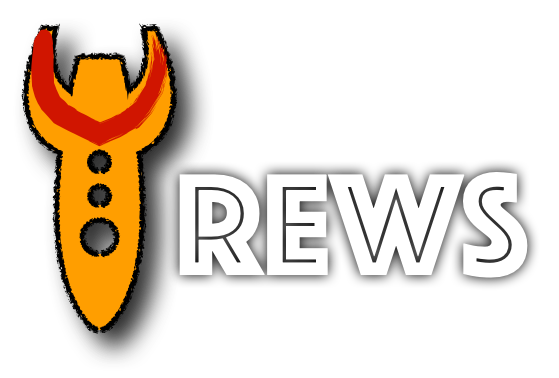Introduction:
Sensors and Deep Learning have transformed several industries, and public health is no exception. With the advent of wearable technology and real-time data collection, sensors have become a powerful tool for disease surveillance and outbreak response. This article explores how sensors and Deep Learning improve disease surveillance and public health outbreak response.

Real-time Data Collection:
Traditional methods of data collection such as laboratory tests and manual surveys can be time-consuming, leading to delayed response time. However, sensors can collect data in real time, providing a significant advantage in detecting and responding to disease outbreaks. For instance, wearable sensors can detect early signs of COVID-19 infection by monitoring changes in skin temperature, heart rate, and respiratory rate.
Real-world examples:
One of the best examples of real-time data collection using sensors is the smart jacket project initiated by the World Health Organization (WHO) in Mongolia the project aims to improve the early detection of tuberculosis (TB) which is one of the leading causes of death worldwide. The smart jacket is equipped with sensors that detect changes in a patient’s breathing patterns, one of the early indicators of TB. The data collected by the jacket is transmitted to a central database where it is analysed using deep learning algorithms to identify patterns that indicate the presence of TB. The project has successfully detected TB at an early stage allowing for prompt treatment and containment.
Another example is the use of sensors to monitor air quality. Air pollution is a significant public health concern and sensors can provide valuable real-time data to monitor and control air pollution levels. The south coast air quality management district (SCAQMD) in California for instance uses sensors to monitor air pollution levels in the region. The data collected is used to develop policies and strategies to reduce air pollution levels and protect public health.
Deep learning in disease surveillance:
Deep learning algorithms are used to analyse large datasets collected by sensors and other sources, these algorithms can identify patterns and relationships that are not visible to the human eye, providing valuable insights for disease surveillance and outbreak response.
For example, the health map platform developed by researchers at Boston Children’s Hospital uses deep learning algorithms to analyse data from various sources including social media news reports and government reports to detect disease outbreaks in real-time, the platform has been successful in detecting outbreaks of diseases such as the Zika virus, Ebola and COVID-19 allowing early intervention and containment.
Another example of deep learning in disease surveillance is the Predict and Prevent project initiated by the US Centres for disease control and Prevention CDC, the project uses deep learning algorithms, to analyse data from various sources including social media news reports and healthcare records, to identify patterns and risk factors for disease outbreaks, the insights gained from this analysis are used to develop strategies for disease prevention and control.
Conclusion:
In conclusion, sensors and deep learning are transforming disease surveillance and outbreak response in public health. Real-time data collection using sensors allows for early detection and response to disease outbreaks, while deep learning algorithms provide valuable insights into patterns and relationships that are not visible to the human eye. Real-world examples such as the smart jacket project and the health map platform demonstrate the potential of sensors and deep learning in public health. As technology continues to evolve, we can expect to see further innovation in disease surveillance and outbreak response leading to better health outcomes for the population.
Nuno Silva, Senior Fellow Member Threws
Chief Scientific and Technology Officer, UnifAI Technology
+351 916 374 615
#sensors, #deeplearning, #publichealth, #diseasesurveillance, #outbreakresponse, #smartsensors, #AI, #sensortechnology, #outbreakdetection, #monitoring, #innovations

